Where the UK ranks among the most expensive countries to live
The 30 most expensive countries to live in

1000 Words/Shutterstock
Ever wondered where in the world is the most expensive place to live?
Using the latest data from Numbeo's Cost of Living Index, we've identified the countries where day-to-day life comes with a higher price tag. The index scores are relative percentages of the cost of living when compared to New York City, which has an index score of 100. This means that countries scoring below 100 are cheaper to live in than The Big Apple, while countries scoring above 100 are more expensive.
Read on to discover the 30 countries with the highest cost of living rates in 2024. All dollar amounts in US dollars unless otherwise stated.
30th most expensive country: Sweden (62.2)
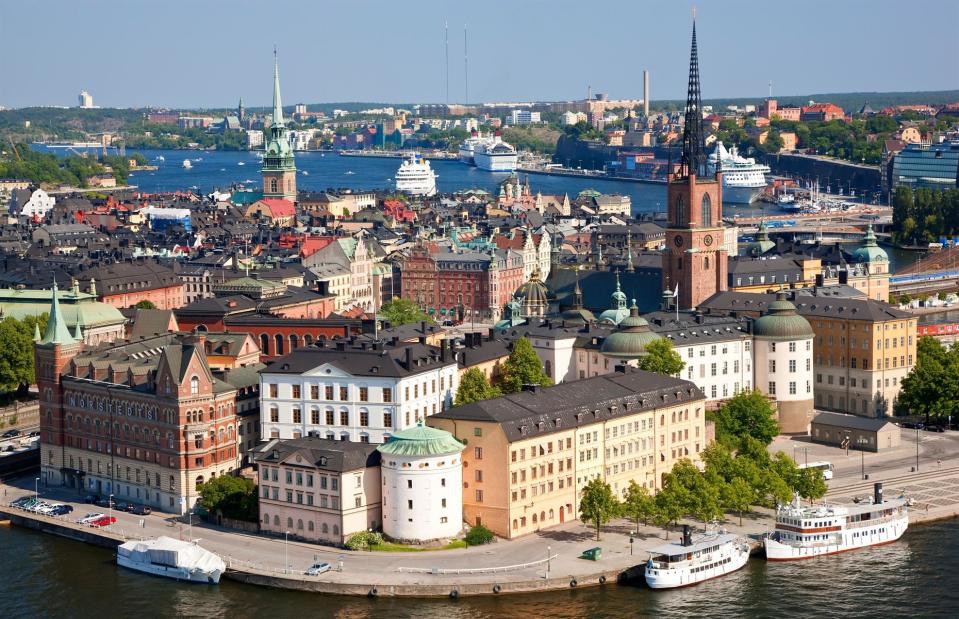
Peter Adams Photography / Alamy Stock Photo
Overtaking the Isle of Man, Sweden has returned to the top 30 in 2024. Although the Scandinavian nation is notably cheaper than its Nordic neighbours, its cost of living is compounded by high sales taxes, meaning everything from food and drink to clothes can be more expensive than elsewhere.
Milk, for example, costs almost $6 (£4.73) a gallon (around 4 litres), while a McDonald's meal comes in at $9.69 (£7.64). Despite steep costs, residents are clearly "lovin' it" in the country; Sweden ranks 14th on Numbeo's Quality of Life index, higher than the UK, US, or Canada.
29th most expensive country: Germany (62.7)
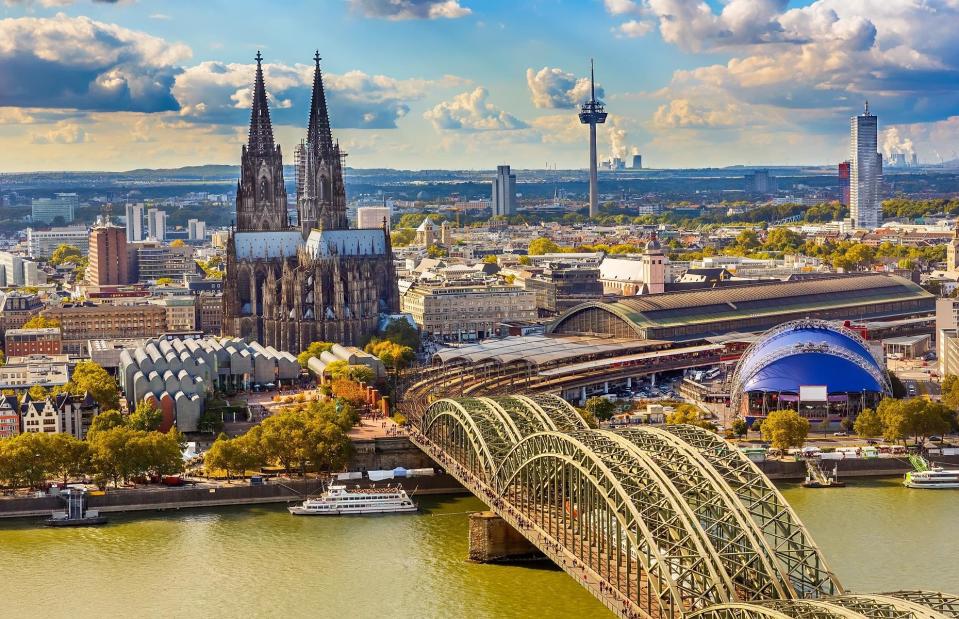
S.Borisov/Shutterstock
According to Numbeo's research, Germany is the 29th most expensive country in the world. Although groceries and restaurant prices are comparatively low, basic utilities are much higher than elsewhere, working out at over $321 (£255) a month for a 915-square-foot (85 square metres) apartment. However, rents in Germany are on average 20% lower than in the UK by way of comparison.
The country's inflation rate is now falling, but prices of everyday goods have soared over the past few years. In fact, the spiralling cost of donor kebabs was debated in parliament earlier this year amid fears the country's de facto national dish could soon cost more than $11 (£8.50).
28th most expensive country: Belgium (63)
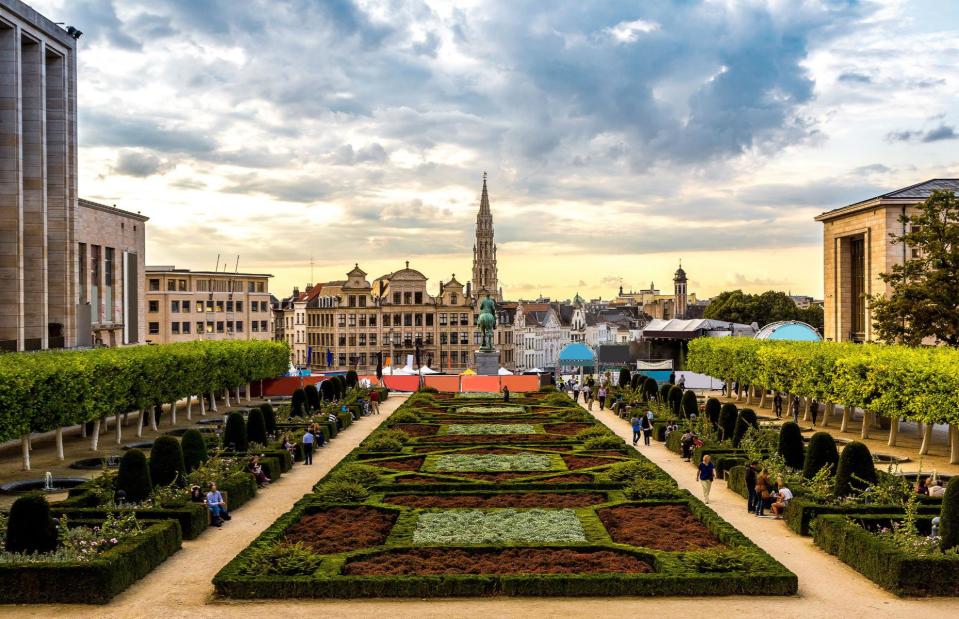
S-F/Shutterstock
The epicentre of European politics, Brussels is unsurprisingly the most expensive city in Belgium, with a score of 67.9. Belgium as a whole has a cost of living score of 63.
Restaurant prices are particularly high in the nation. According to Numbeo, Belgium has a restaurant price index of 67.8, higher than many other countries – including Canada, Australia, and Singapore – that have a more significant cost of living score overall. That said, Belgians can enjoy a bottle of world-famous domestic beer for the equivalent of just $1.84 (£1.45).
27th most expensive country: the UK (63.7)

1000 Words/Shutterstock
The UK was a newcomer to the top 30 in 2023 and now has an index score of 63.7. This may not come as a huge surprise to residents.
Households across the UK have seen drastic increases in fuel and energy bills in recent times, as well as skyrocketing prices in the grocery aisles. And with inflation expected to exceed 3% for the remainder of 2024, the situation is unlikely to improve any time soon.
26th most expensive country: Netherlands (64.3)
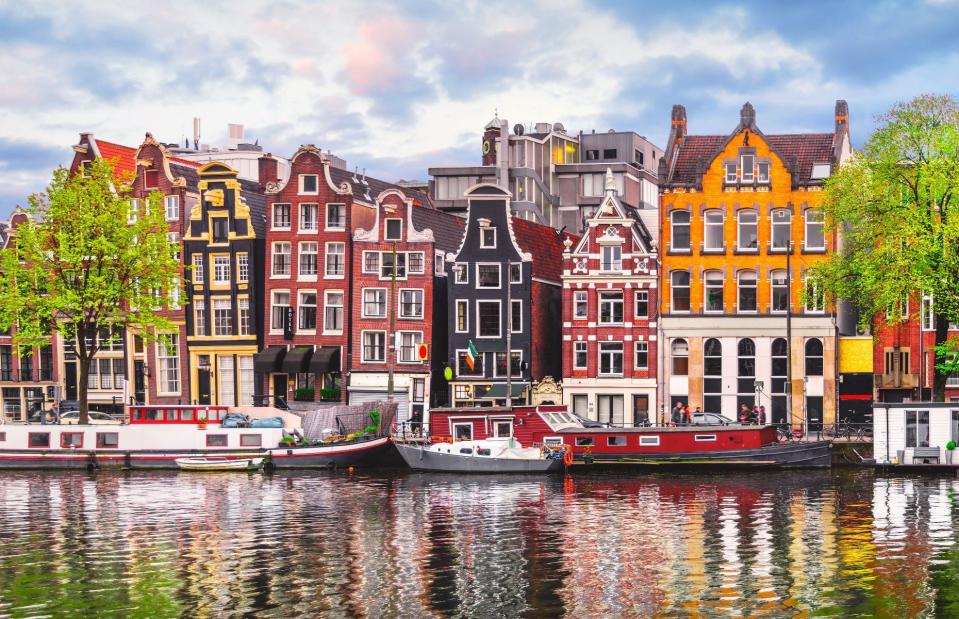
Yasonya/Shutterstock
Life in the Netherlands is far from cheap, with petrol just one example of how costly commodities can be – a gallon costs an eye-watering $8.17 (£6.45) at the time of writing.
On the plus side, these prices go some way to explaining why the nation is one of the least polluted countries on our list. Indeed, the Netherlands comes second in Numbeo's Quality of Life Index despite being the world's 26th most expensive nation to live in.
Joint 24th most expensive country: South Korea (64.4)
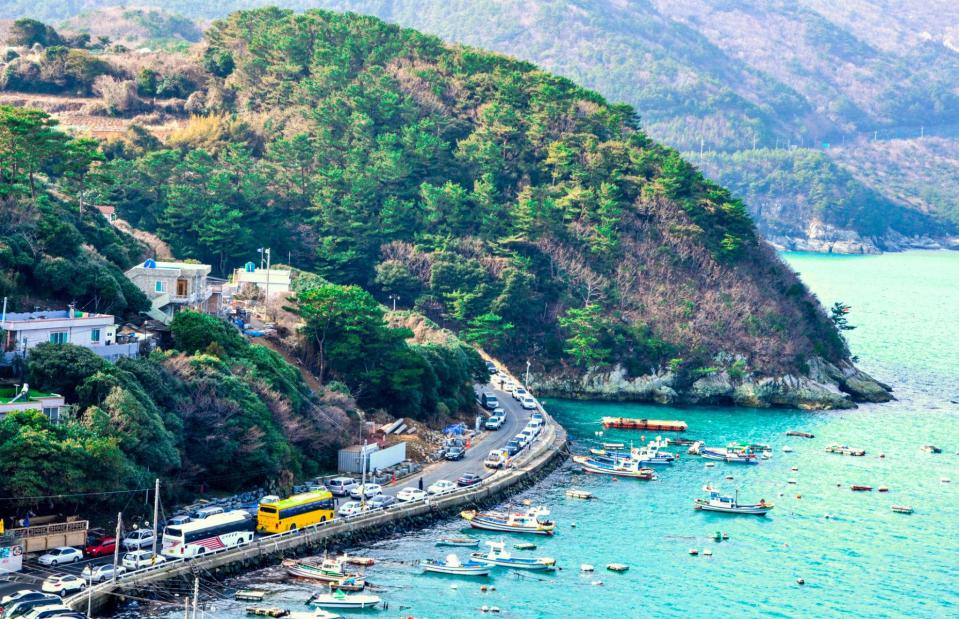
Hang Dinh/Shutterstock
South Korea is the joint 24th most expensive country, according to Numbeo, while data from Expatistan ranks the nation as the fourth most costly Asian nation to live in.
Although groceries and restaurant prices are inexpensive, some items are very pricey. A new Volkswagen Golf (or equivalent), for example, costs over $28,000 (£22k), partly due to the expense of importing non-South Korean cars into the country. Imports in general are often marked up, as the local currency is relatively weak compared to the US dollar.
Joint 24th most expensive country: Puerto Rico (64.4)
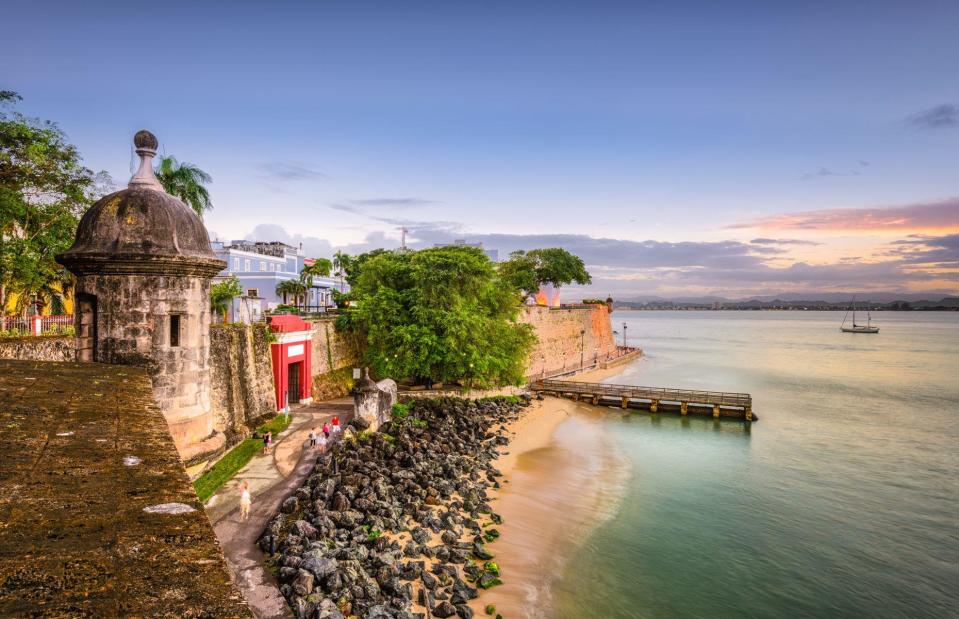
Sean Pavone/Shutterstock
The Commonwealth of Puerto Rico is an unincorporated US territory and comes in at joint 24th in the rankings.
Although prices for certain goods are remarkably low – a pint of domestic beer is around $2.50 (£2) for example – the cost of living in the island nation is overall more expensive when compared to the likes of Italy, Sweden, and Japan.
However, it's still significantly cheaper than the US, from where Puerto Rico imports most of its goods.
23rd most expensive country: Luxembourg (65.3)
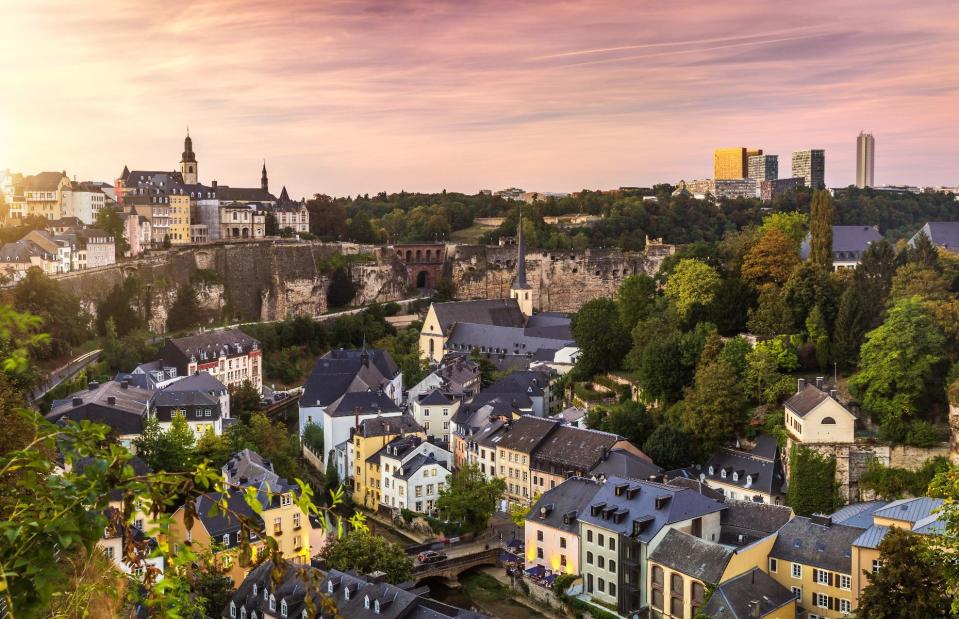
Sabino Parente/Shutterstock
Luxembourg has a small population compared to many other countries on this list, with around 660,000 inhabitants.
The nation has an impressive monthly minimum wage of €3,085 ($3.3k/£2.6k) for non-qualified workers over the age of 18, one of the best in the world and the highest in the EU by far. In 2020, Luxembourg became the first country in the world to scrap fares on all public transport.
Despite the generous salaries, however, many Luxembourg residents reportedly choose to do their grocery shopping in France, where groceries are considerably cheaper – although, as you'll discover, the cost of living generally in France is higher.
22nd most expensive country: Finland (65.5)

Veronika Galkina/Shutterstock
Finland is another of the priciest nations on the planet, with commodities such as water, petrol, and even cinema tickets all ranking within the top 10 most expensive compared to the rest of the world.
However, Finland has topped the annual World Happiness Report for the last six years, most recently receiving the accolade in March 2023. Before landing first place in 2018, it featured in the top five every year since the report's inception in 2013.
21st most expensive country: France (66)
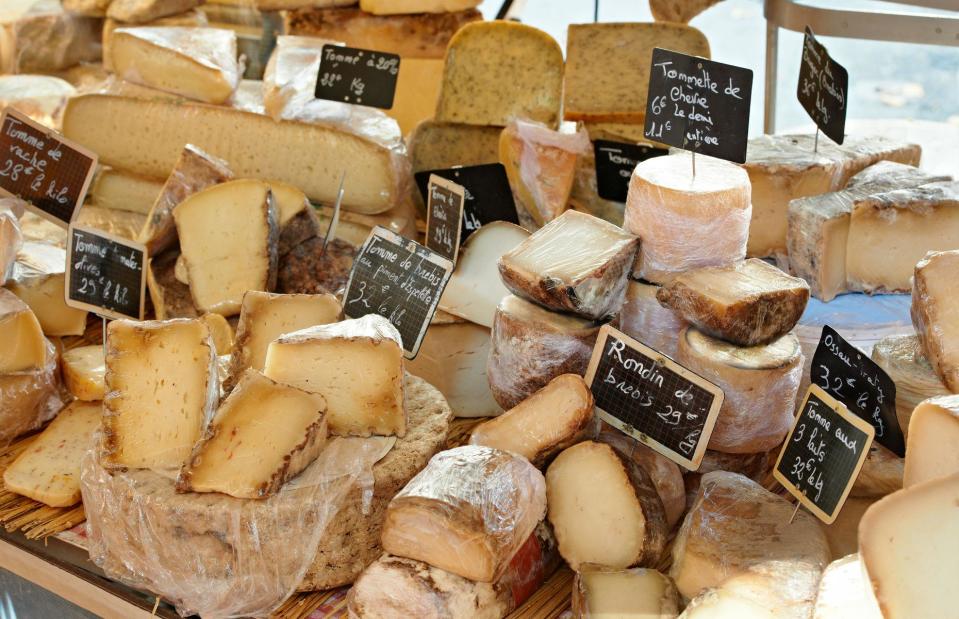
Nikolay Dimitrov/Shutterstock
Prices in Paris have fallen in recent years, and while it was once named the most expensive city in the world by ECA International, Numbeo currently places it as the 46th. However, France overall is the 21st most costly country to live in this year.
Expect to spend an average of $8.24 (£6.50) for a pound of that famous French cheese, for example, which works out to around $18 (£14.20) per kilogram. Zut alors...
20th most expensive country: Ireland (66.5)
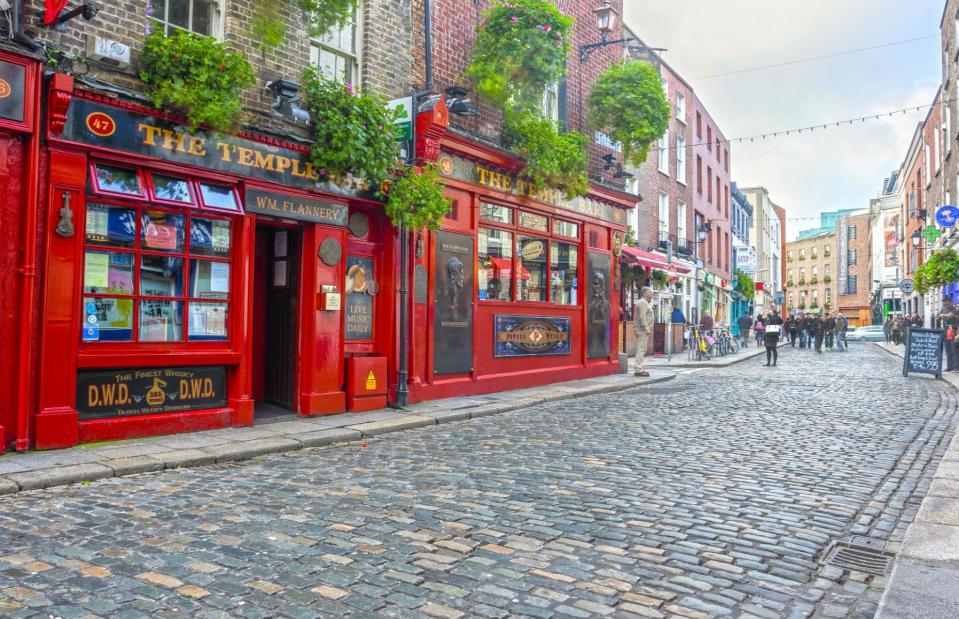
Aitormmfoto/Shutterstock
Due to high VAT rates of 23%, the cost of living in Ireland is sky-high compared to the neighbouring UK, where restaurants, rent, and grocery prices are much cheaper. Ireland's geography doesn't help and, like the UK, its island status means it imports many of its most essential goods.
Unlike the UK, Ireland also has to contend with a lack of natural resources. The country imports over 70% of its power, well above the EU average of 58%, and its electricity prices are some of the highest in Europe.
19th most expensive country: Austria (66.8)
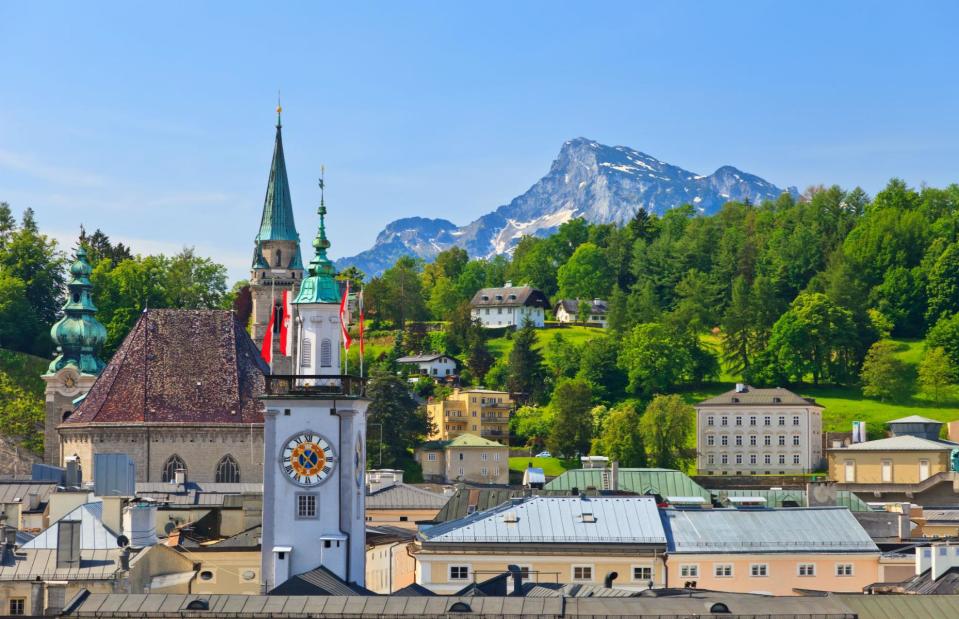
S.Borisov/Shutterstock
Landlocked in the heart of Europe, Austria now ranks 19th on our list, climbing from 25th place in 2022. The country's inflation rate has fallen recently, but prices of household goods and services remain stubbornly high.
Vienna, its capital, scored first place in Mercer's Quality of Living City Ranking for 10 consecutive years between 2009 and 2019. So while entertainment and restaurant costs are high, the locals don't seem to be complaining.
18th most expensive country: Israel (67.2)

ChameleonsEye/Shutterstock
Tel Aviv is one of the most expensive cities in the world, not least because it's home to an eye-wateringly expensive McDonald's menu, with prices starting at around $15 (£12) for a classic meal at one of the fast-food giant's restaurants.
Big Macs aside, Israel is a costly place to live, with cars, utilities, and rent all much more expensive than elsewhere. That said, it's one of the few countries on our list where the cost of living index score has fallen. It dropped from 88.1 in 2022 to 76.4 at the start of last year and is down to 67.2 in the latest ranking.
17th most expensive country: Guernsey (67.5)
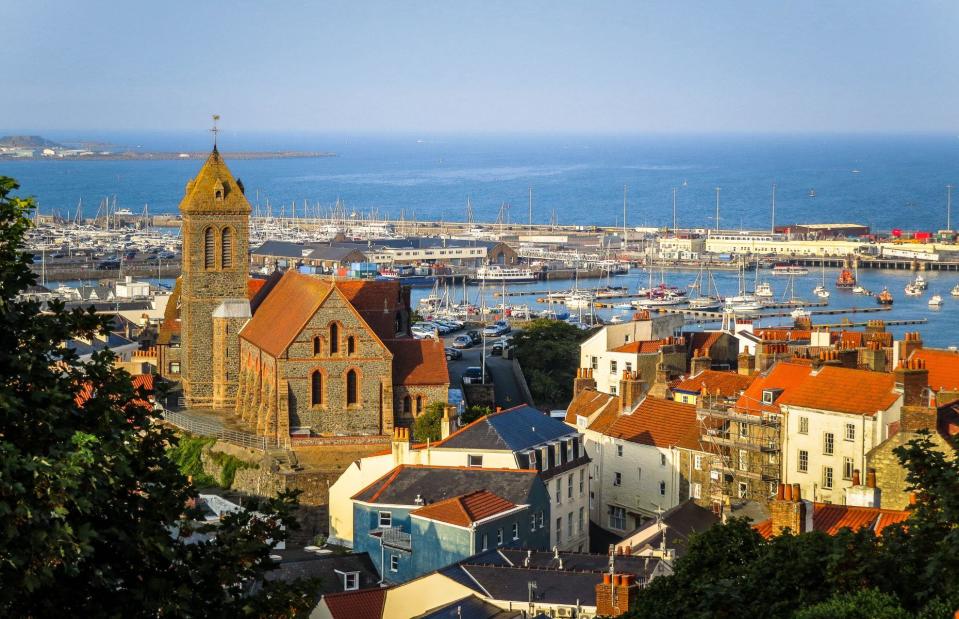
Arndale/Shutterstock
Guernsey – the second largest of the Channel Islands – is 17th on our list. While not a country in its own right, consumer prices in this British Crown Dependency are 5.4% higher than in the UK, while rent costs are a staggering 40.4% more.
Property prices are also incredibly high. According to data published in 2022, house prices in Guernsey soared by an astonishing 50% in just five years.
16th most expensive country: New Zealand (68.2)
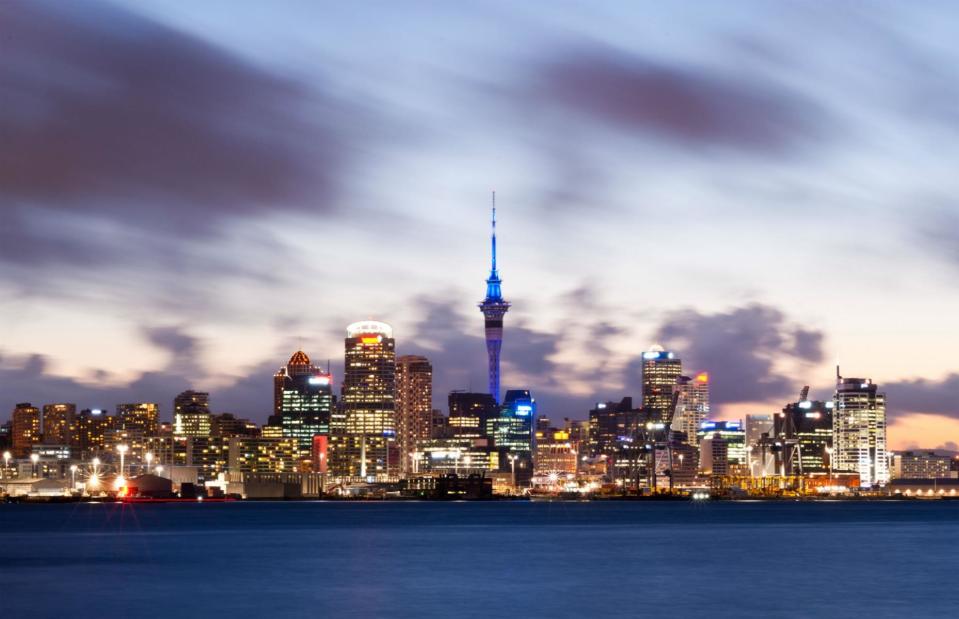
Chris Howey/Shutterstock
New Zealand currently ranks 17th overall on Numbeo's Quality of Life Index, which isn't bad considering it's the 16th most expensive country in the world.
The country has to import many of its goods, which are saddled with import taxes, one of the main drivers of its high cost of living score. Housing is also expensive, particularly in Auckland, where the average property price was over NZ$1 million ($610k/£481k) in 2023, according to Statista.
15th most expensive country: Canada (68.4)
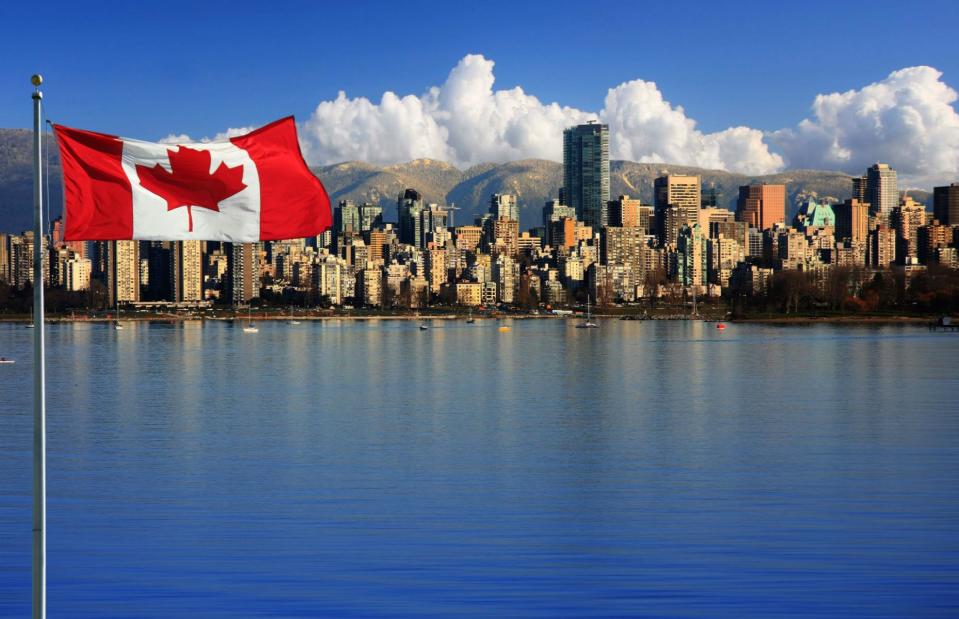
Hannamariah/Shutterstock
It might be a cheaper place to live than its North American neighbour, but Canada's prices are still consistently high across the board.
Milk is particularly costly, coming in at over $8 per gallon (£6). By comparison, the price of a gallon of petrol in Canada is nearer $4.80 (£3.78)!
The Canadian Dairy Commission has approved a spate of price increases over the last few years. That said, various bodies urged the Commission to hold off on the adjustments while food inflation remains high, and it's since agreed to postpone its latest scheduled increase to May this year.
14th most expensive country: Hong Kong (71.5)
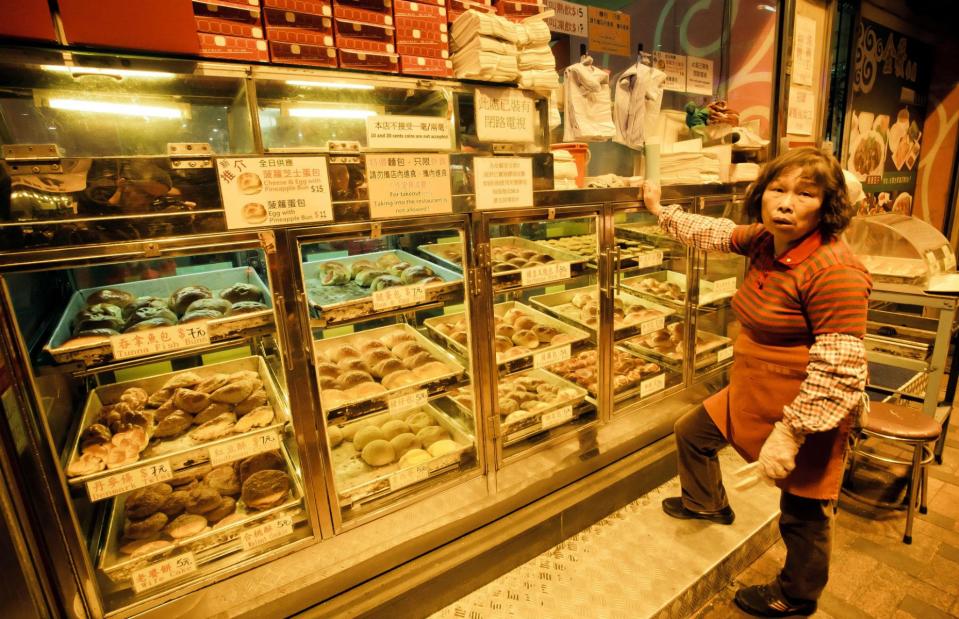
Radiokafka/Shutterstock
Despite being a special administrative region in China, the cost of living in Hong Kong – which ranks 52nd in the latest Quality of Life index – is far higher than in the mainland, meaning residents need increasingly deep pockets to get by.
On average, Hong Kong's consumer prices, including rent, are around 60% more expensive than in China, while petrol is more than twice as pricey.
13th most expensive country: Australia (72.8)
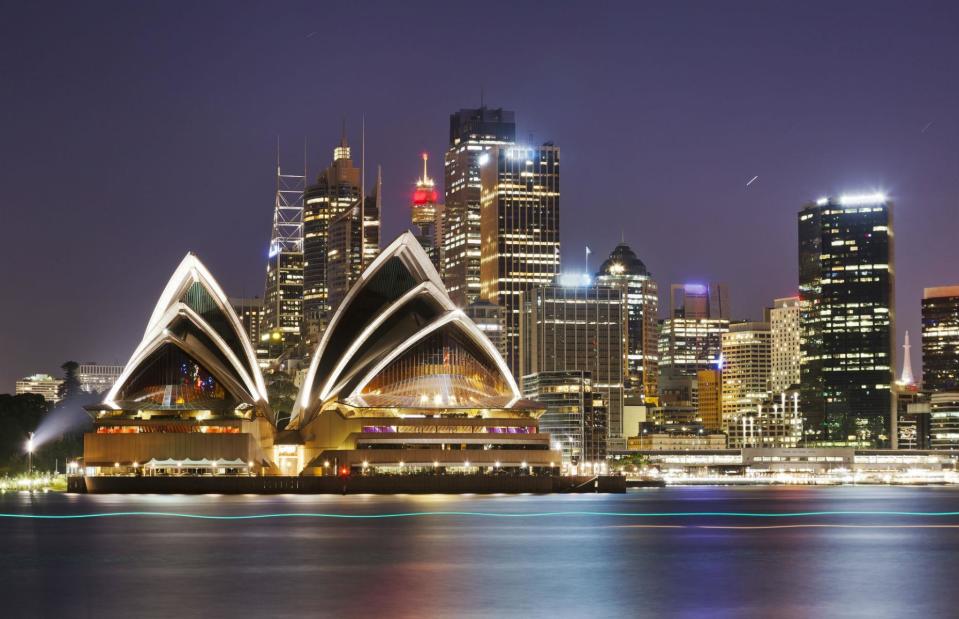
Taras Vyshnya/Shutterstock
Like neighbouring New Zealand, Australia relies heavily on imports, which pushes up the prices of many everyday items. In grocery stores, goods such as bottled water, milk, and beer are notably more expensive.
The ongoing cost of living crisis is compounding price spikes. This has had a particularly dramatic effect on rental prices, with analysis from CoreLogic revealing that the median weekly rental price for houses and units reached a new high of AU$601 ($392/£308) at the end of 2023 – an increase of 8.3% year on year.
12th most expensive country: United States (72.9)
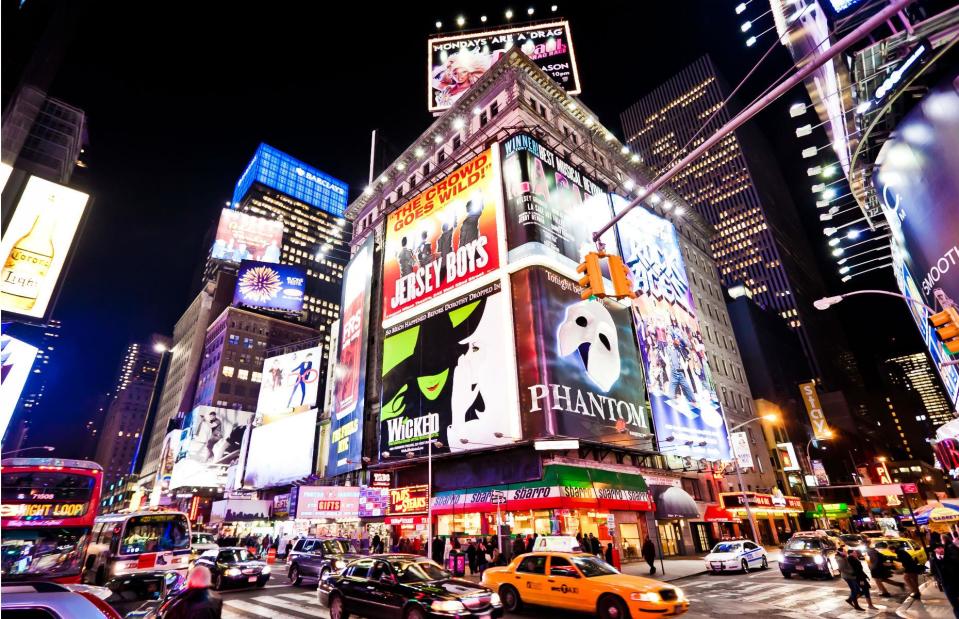
Andrey Bayda/Shutterstock
With New York as the base city for Numbeo's index, the USA ranks 12th overall in our top 30.
According to World Population Review, America's healthcare system is the most expensive in the world, with the average citizen paying a steep $12,555 (£10k) in 2022, the most recent year for which data is available.
Rent is also sky-high. A one-bedroom city centre apartment costs around $1,768 (£1.4k) per month, while analysis by the estate agent Savills shows that five of the top 10 most expensive cities for renting are located in the US: San Francisco, New York, Los Angeles, Chicago, and Miami.
11th most expensive country: Jersey (74.3)
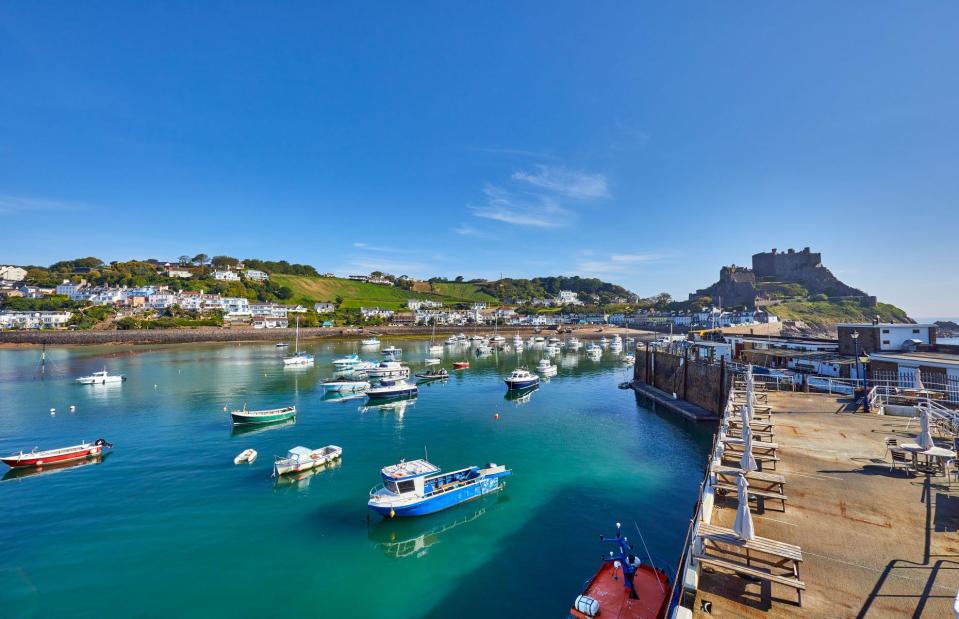
Gary Le Feuvre/Shutterstock
Like Guernsey, Jersey is a British Crown Dependency and one of the Channel Islands, so not strictly a country. Its cost of living is substantially higher than that of the UK, with rent driving much of the discrepancy.
Consumer prices in general are around 17.9% higher, while the cost of renting property in Jersey is 56.6% more expensive than in the UK.
10th most expensive country: Denmark (75.2)

Ppictures/Shutterstock
The first nation in Numbeo's ranking of the 10 most expensive countries to live in is Denmark.
The nation is particularly costly for anyone who likes to indulge in retail therapy. A pair of jeans will set you back over $106 (£84), while shoes don't come cheap either. A pair of Nikes costs around $108 (£85).
However, local purchasing power in the Scandinavian nation is also ranked 10th, meaning residents are equipped to cope with the higher cost of living.
9th most expensive country: Norway (79.2)
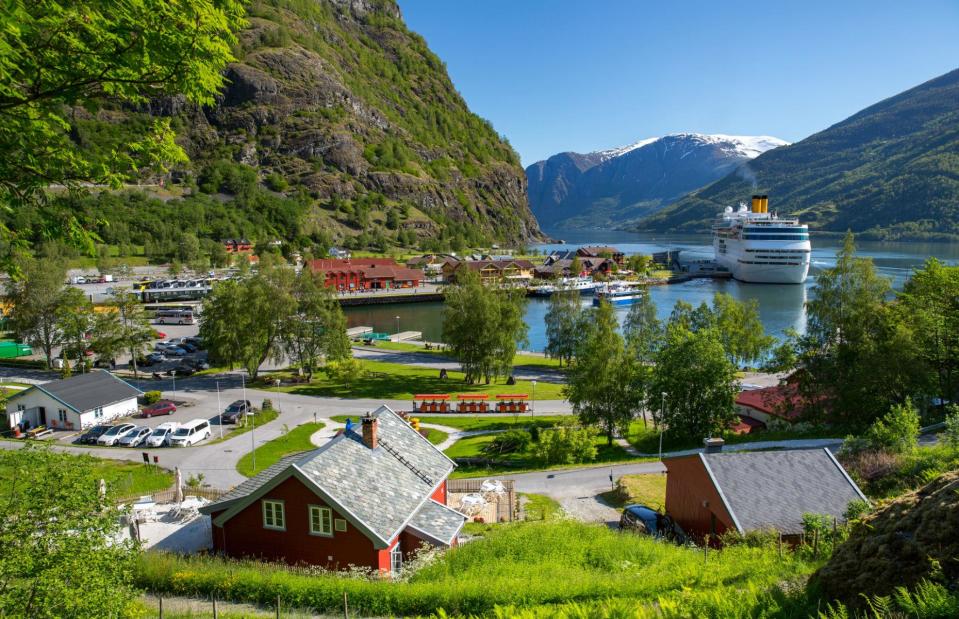
Victor Maschek/Shutterstock
The second priciest of the Scandinavian nations, Norway takes 9th place on our list, moving down from 6th at the start of last year. Its index score has shifted from 88.6 to 79.2, likely due to a slight drop in prices for food and non-alcoholic drinks.
Norway has a steep VAT rate of 25%, one of the world's highest, which pushes up the cost of most everyday items.
Food has a lower tax rate of 15% but is still considered expensive, with beer proving particularly costly. On average, a bottle of imported beer costs $9.36 (£7.37), while a domestic draught could set you back $9.51 (£7.49).
8th most expensive country: Barbados (79.4)
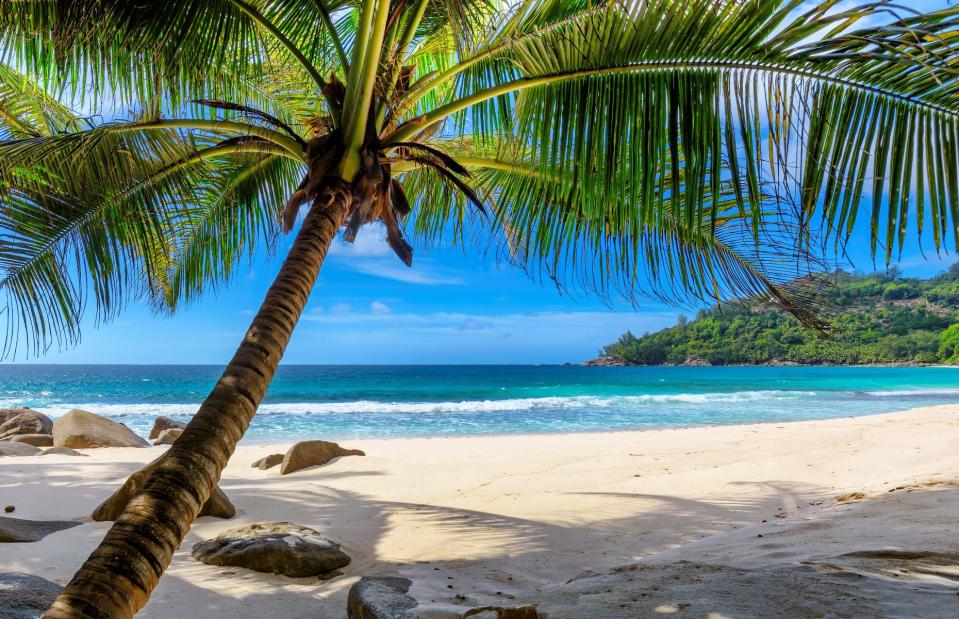
Lucky-photographer/Shutterstock
The majority of commodities are imported into Barbados, contributing to its steep cost of living, while local purchasing power ranks low. However, like Norway, Barbados' index score dropped from 88.8 to 84.2 over the course of last year and now sits at 79.4.
In 2022, the government launched measures to lower inflation, including temporarily reducing VAT on energy bills and reducing the price of essential foods.
The cost of living on the island hasn't dented the country's focus on learning. The government has poured money into the predominantly state-owned education system and at an exceptional 99.7%, it has one of the world's highest literacy rates.
7th most expensive country: Singapore (81.9)

Kanuman/Shutterstock
The cost of living in city-state Singapore spiked from mid-2022 to mid-2023, with its index score rising from 79.09 to 85.9 – though its score in the latest rankings is a less alarming 81.9.
Alcohol is considered a luxury item and is extortionately expensive, with a mid-range bottle of wine costing around $22 (£17).
Renting a one-bed apartment in the city centre costs an average of almost $2,800 (£2.2k) per month, while buying a new car is more expensive in Singapore than in almost any other country due to the government saddling purchases with taxes and tariffs as a form of traffic control.
6th most expensive country: Iceland (85.7)

Jamen Percy/Shutterstock
Iceland climbed the ranks from eighth to fifth in last year's mid-year data after its index score went from 83.3 at the start of 2023 to 87.7 following growing inflation. It's now dropped slightly to 85.7, bringing it into sixth place.
The island country has tight regulations when it comes to importing foreign goods, which ultimately drives up prices. The country's groceries are among the most expensive in the world, with milk, eggs, chicken, and beef all comparatively costly. (According to Numbeo, 1kg of beef is 85% more expensive in Iceland than in America.)
There's some consolation when it comes to the cost of utilities, however, as Iceland's infrastructure relies heavily on inexpensive geothermal heating and hydropower.
5th most expensive country: Bahamas (88.5)
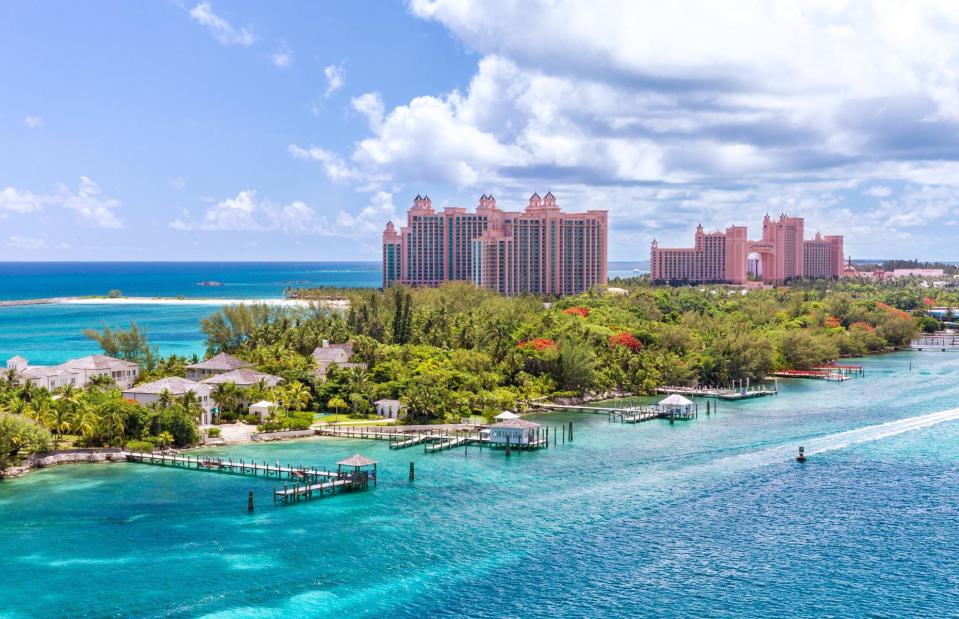
Pola Damonte/Shutterstock
Ever daydreamed about escaping to the paradise that's the Bahamas? Well, island life comes at a cost...
Like the other island nations on this list, residing in the Bahamas comes with numerous logistical challenges that contribute to a higher cost of living. Importing goods makes everything more expensive, and taxes are so high that approximately 25% of government revenue in the 2021-2022 financial year came from import and export duties.
4th most expensive country: US Virgin Islands (102.6)
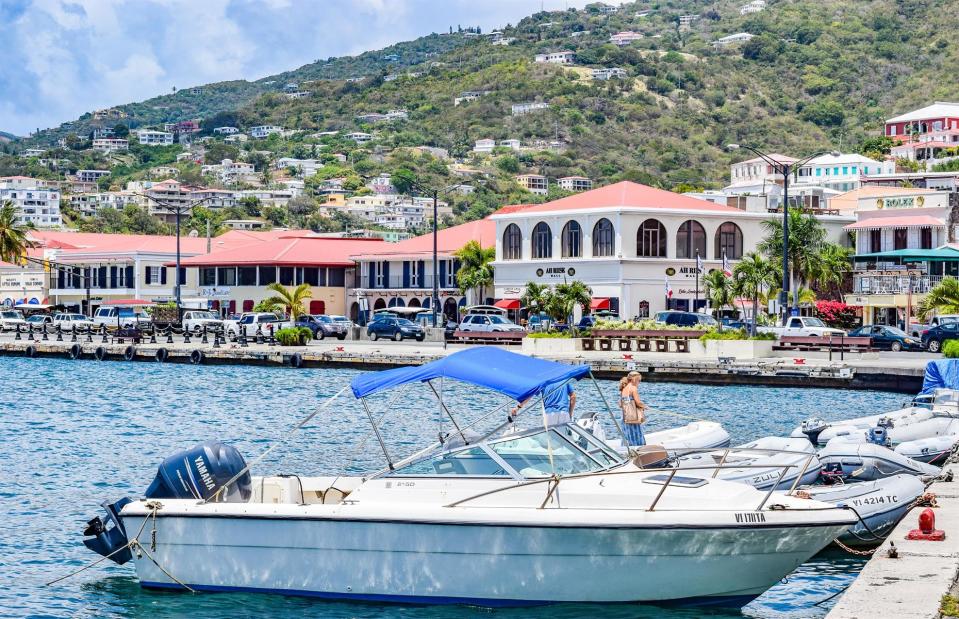
Debbie Ann Powell / Alamy Stock Photo
The US Virgin Islands storm into fourth place in the most recent rankings, with an index score of 102.6. Like the Bahamas, the group of Caribbean islands has to import the majority of its goods, meaning a trip to the grocery store won't come cheap.
Restaurant prices are similarly sky-high, with a mid-range meal for two coming in at almost $130 (£103). Meanwhile, a cappuccino costs almost as much as a bottle of beer, at $5.85 (£4.60) and $6 (£4.75) respectively.
3rd most expensive country: Cayman Islands (111.7)
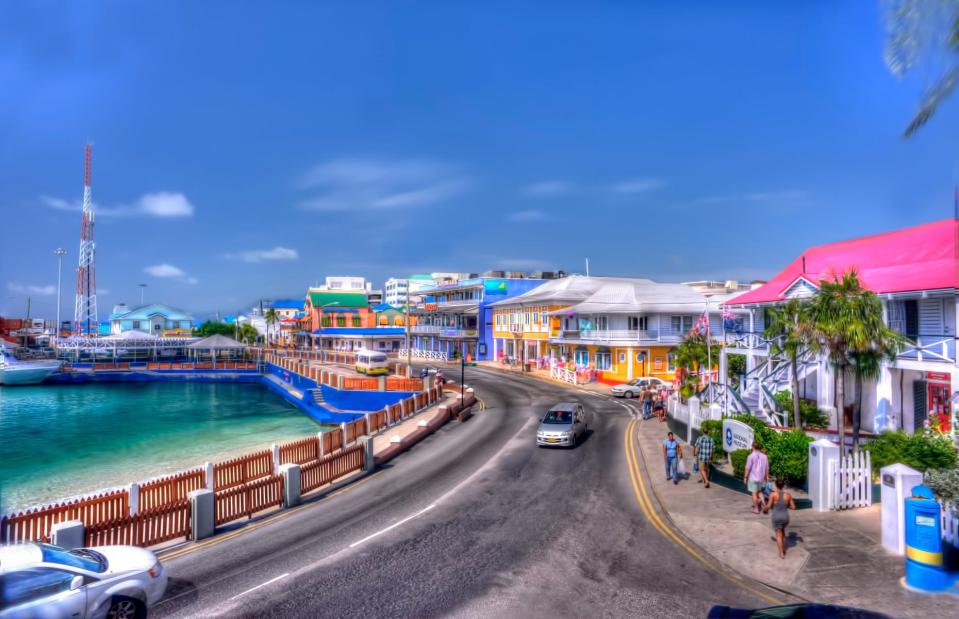
Daniel Friend/Shutterstock
The Cayman Islands, a British Overseas Territory in the Caribbean Sea and an infamous tax haven, scores a top-three position on our list, with Numbeo giving it an index score of 111.7.
Due to its island status, many items are imported, and goods brought in from overseas typically have an import tax of between 22% and 27%, making food and groceries particularly expensive. The average cost of a mid-price three-course meal for two is almost $144 (£114), while a regular cappuccino will set you back over $6 (£4.75).
2nd most expensive country: Switzerland (112.2)
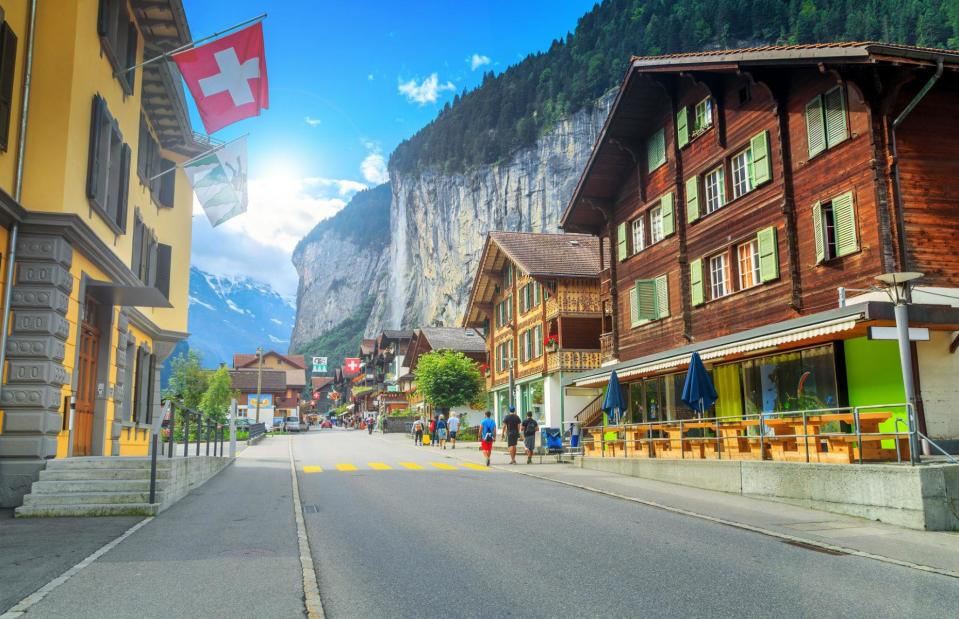
Gaspar Janos/Shutterstock
Four of the world's five most expensive cities were Swiss, according to research conducted by ECA International in 2018, so it's little surprise that life in Switzerland comes with a hefty price tag.
Childcare, dining out, and cinema tickets are just a few examples of the everyday things you'll pay more for in Switzerland than elsewhere. On the plus side, the country boasts high purchasing power, meaning most citizens enjoy a comfortable lifestyle.
The most expensive country in the world: Bermuda (133.6)
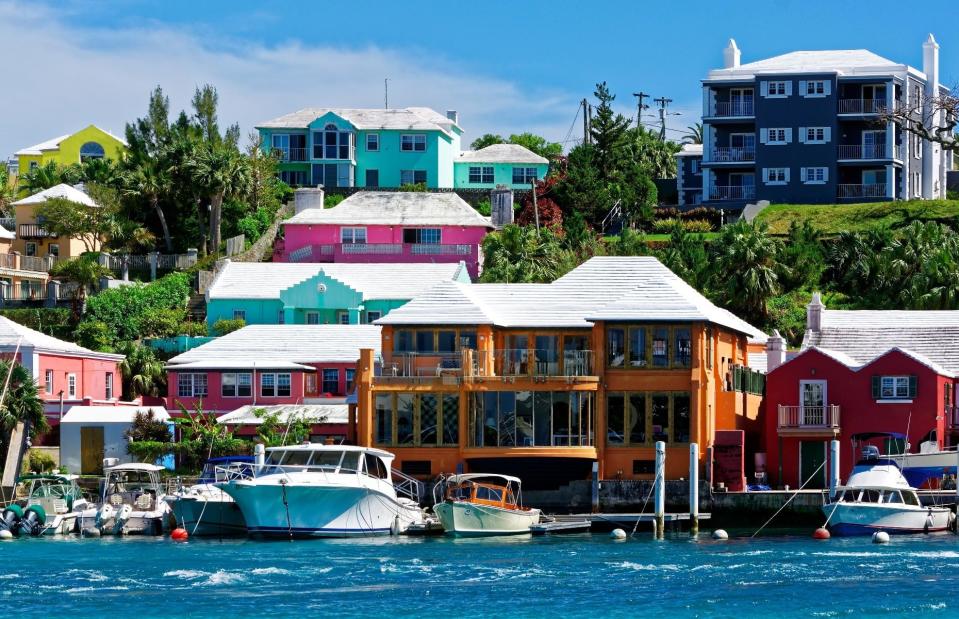
Shutterstock
Bermuda has surpassed Switzerland to become the world's most expensive country to live in – a title it's now held since 2020.
In spring 2023, Jason Hayward, the country's minister of economy and labour, tweeted: "The main contributor to Bermuda's high cost of living is housing... [L]andlords must assist by providing reasonable and affordable rent rates".
It's not just rent that's pushing up the cost of living, though. Like many other island nations, Bermuda produces almost no food or consumer goods of its own and is entirely dependent on commodities being shipped in, usually from the US. As a result, it's the world's most expensive country for groceries.
Import taxes in Bermuda remain exorbitant, resulting in higher retail costs on everything from food to fuel. In fact, import taxes are the government's second-largest source of revenue after payroll taxes.
Now discover the economies tipped to rule the world in 2038

 Yahoo Finance
Yahoo Finance 